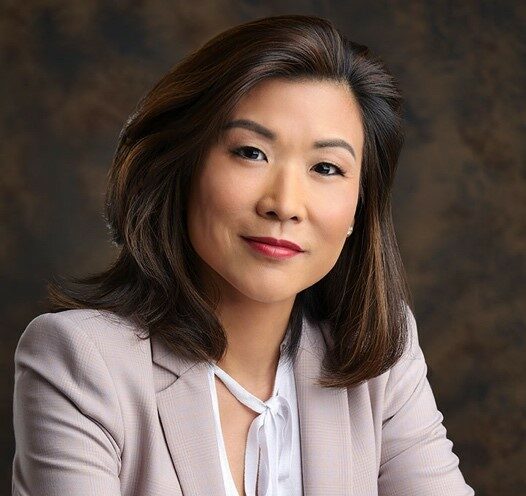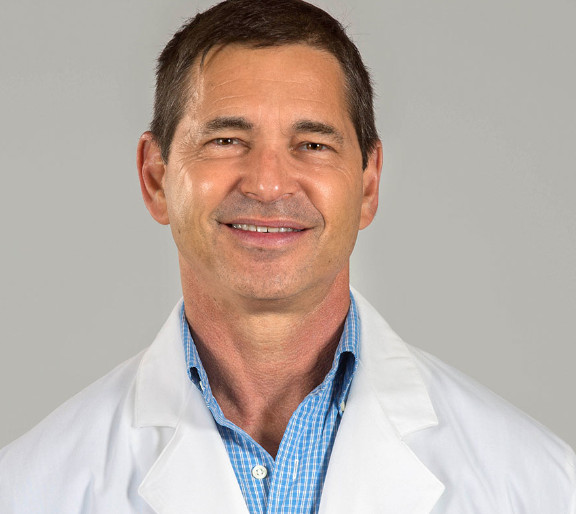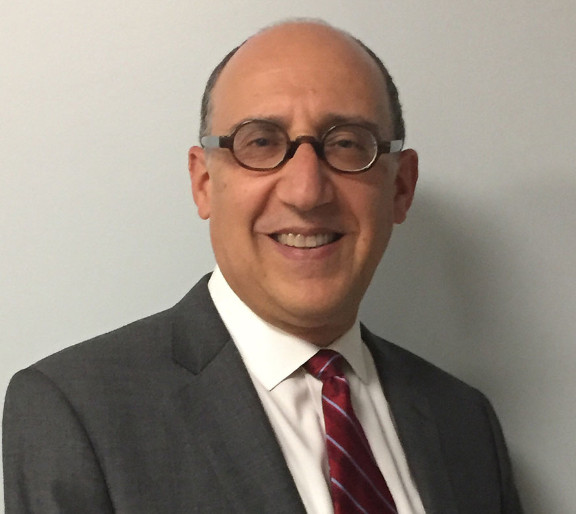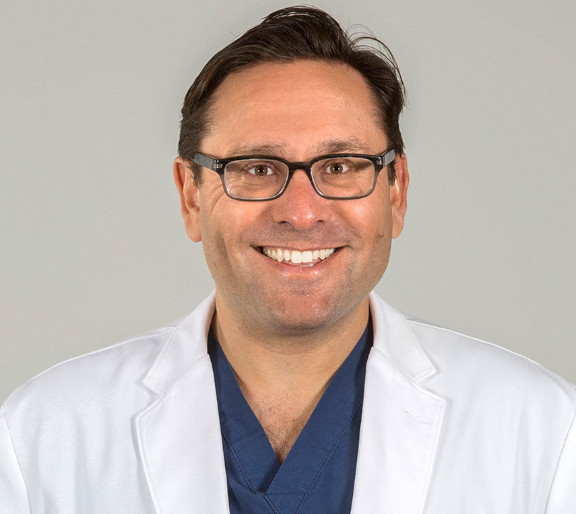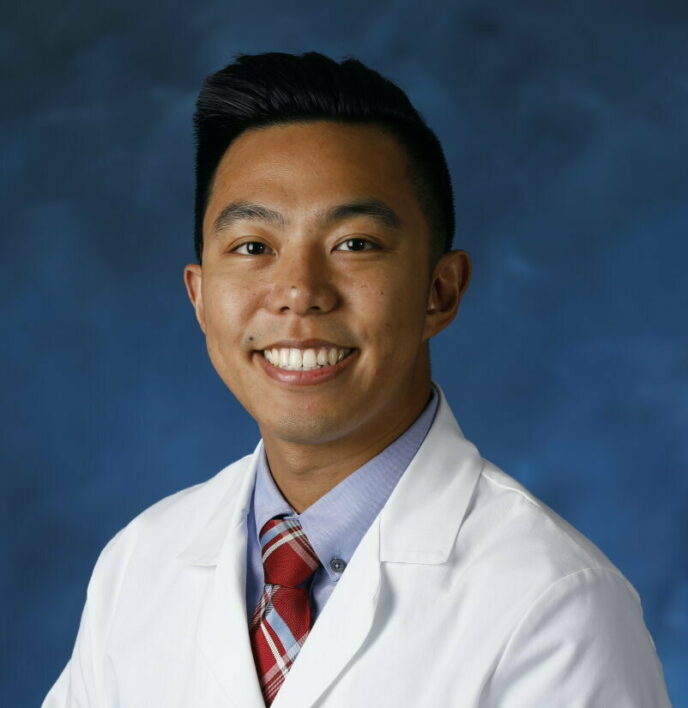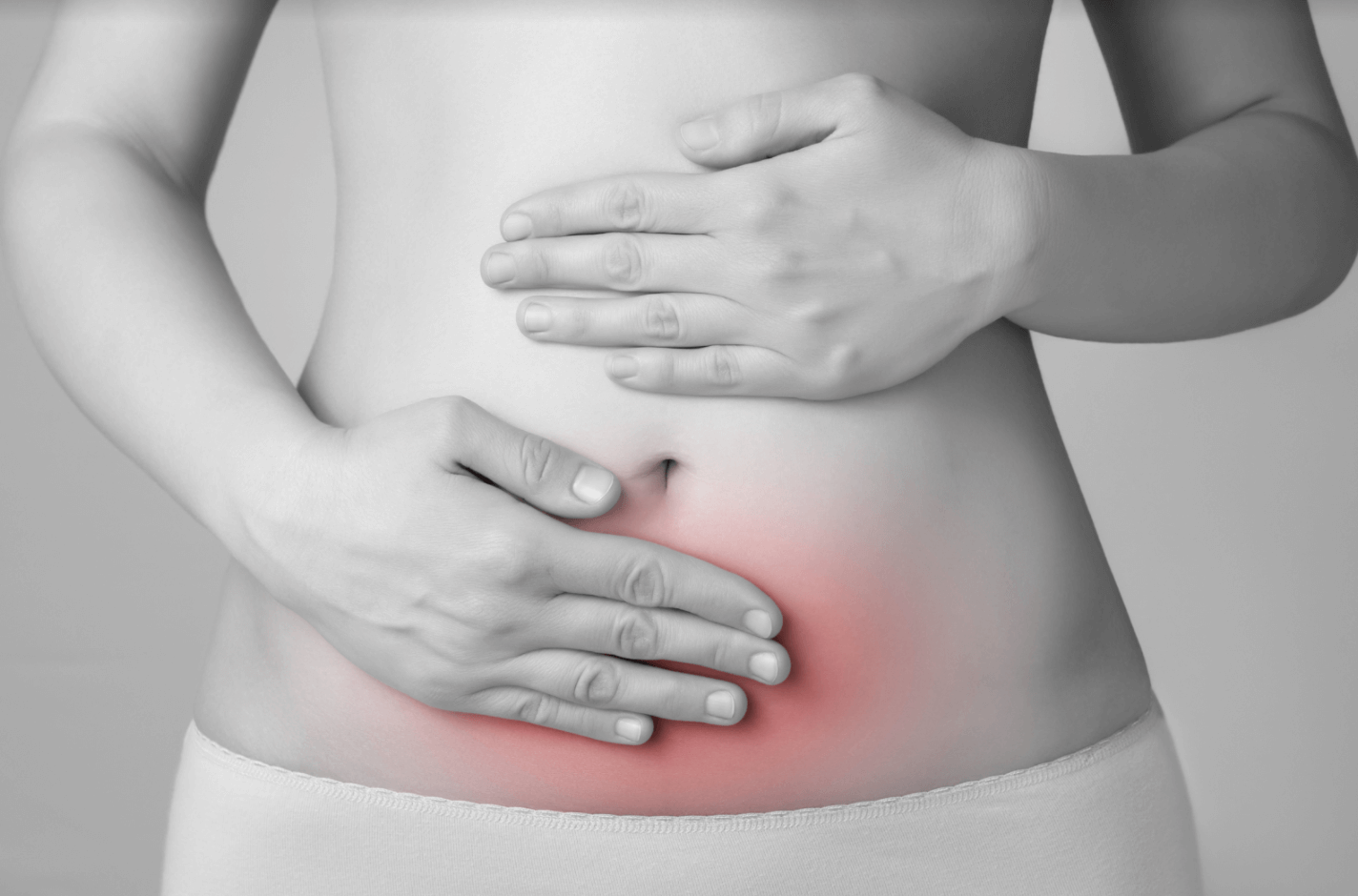
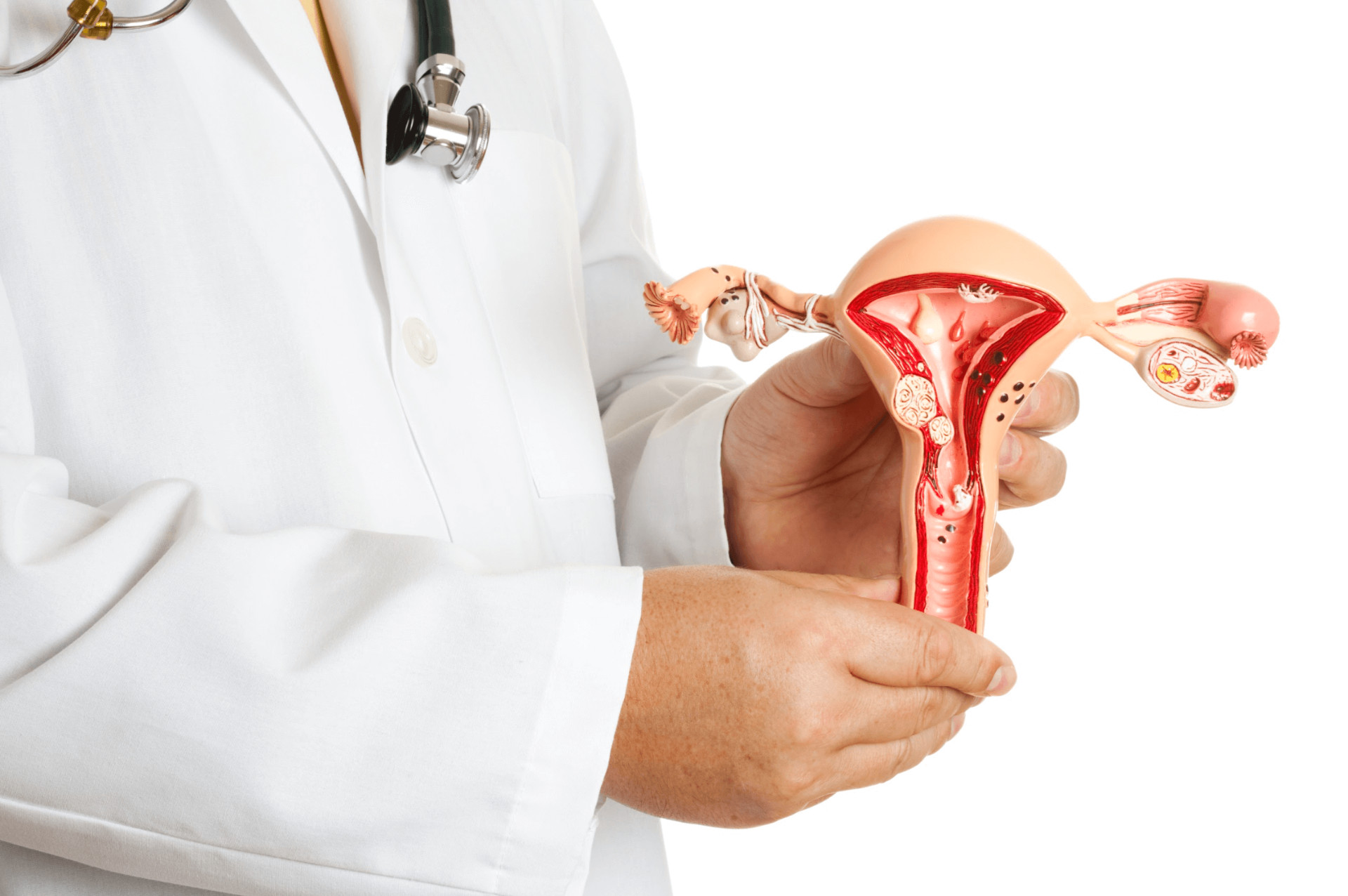
What is Adenomyosis?
Adenomyosis is a gynecological condition where the inner lining of the uterus, also known as endometrial tissue, grows into the muscular wall of the uterus. This tissue thickens, breaks down, and bleeds during a woman’s menstrual cycle and causes the uterus to expand to double or even triple its normal size. The menstrual cramps and bleeding are usually much more intense than a regular period.
This condition affects the reproductive tract, and it commonly occurs during the childbearing years and sometimes beyond. Most women receive a diagnosis between the ages of 32-38 years. Women who have carried at least one pregnancy to term are at a higher risk of developing adenomyosis. It is often misdiagnosed as uterine fibroids, but the two conditions are not the same.
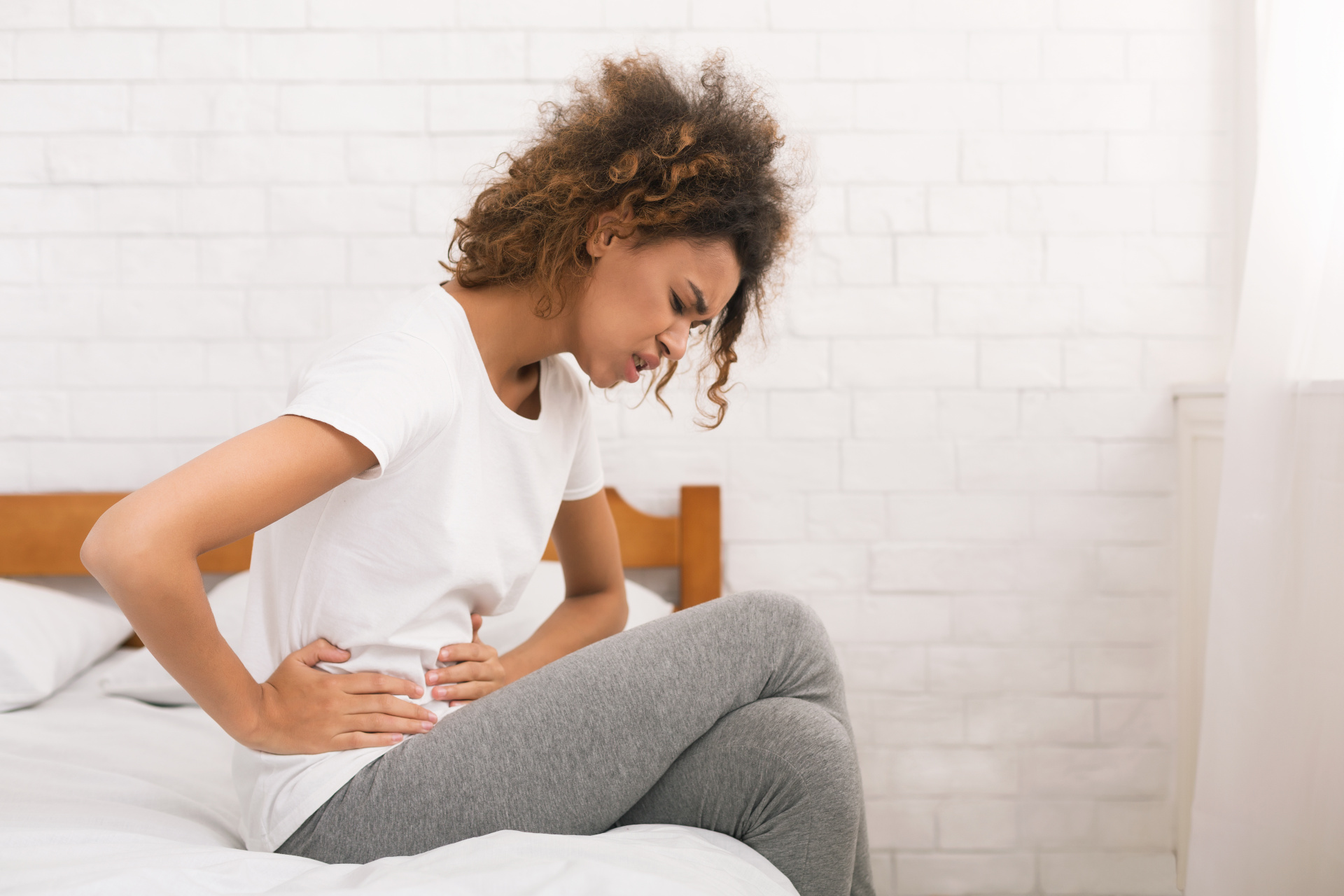
Symptoms of Adenomyosis
Adenomyosis symptoms can start out mild and barely noticeable and increase in severity, affecting your period, fertility, and quality of life. About a third of women do not experience any symptoms at all. In other cases, they can be very painful and debilitating. Common symptoms of adenomyosis are:
Common Symptoms
- Painful periods
- Heavy menstrual bleeding
- Bleeding between periods
- Abdominal pressure or bloating
- Enlarged uterus
- Pelvic pain
Risk Factors of Adenomyosis
Although experts aren’t sure exactly what causes adenomyosis, most women who have the condition are late in their childbearing years, between the ages of 35 and 50. Other factors that may increase your risk of developing adenomyosis include:
Common Risk Factors
- Longer exposure to estrogen
- Multiple pregnancies
- Previous uterine surgery, such as C-section, fibroid removal, or a D&C (dilation and curettage)

Adenomyosis Causes
Unfortunately, the cause of adenomyosis isn’t known. However, the condition is most often diagnosed in women later in their childbearing years and tends to resolve shortly after menopause. Some studies suggest that certain hormones, such as estrogen and progesterone, may be a factor. Other theories about the causes of adenomyosis include:
Common Causes
- Fetal development
- Inflammation during uterine surgery
- Invasive tissue growth
Adenomyosis vs. Uterine Fibroids
The differences between adenomyosis and uterine fibroids can cause confusion. Adenomyosis is endometrial tissue that grows into the muscular wall of the uterus. On the other hand, uterine fibroids are benign tumors made up of fibrous tissue and smooth muscle cells that develop in or on the walls of the uterus. Both conditions often occur during a woman’s childbearing years and present similar symptoms, such as heavy menstrual bleeding and pain.
Fibroids can vary in size from a pea to as large as a melon and may grow individually or in clusters. Fibroids have the potential to damage surrounding organs, and both fibroids and adenomyosis can impact your infertility. If you are unsure whether you’re dealing with adenomyosis or uterine fibroids, it’s important to keep track of all your symptoms. This will help your doctor provide an accurate diagnosis and get you the proper treatment as early as possible.

The first step in diagnosing adenomyosis is to schedule an appointment with your OBGYN who will take your medical history and perform a physical and pelvic examination. If you feel any tenderness, or if the uterus is slightly enlarged, your doctor may consider additional testing. Adenomyosis can be challenging to distinguish from other reproductive tract conditions since the symptoms are very similar. At American Fibroid Centers, our affiliated physicians are highly skilled in diagnosing and treating adenomyosis using state-of-the-art technology and techniques, such as:
Diagnostic Tests & Screenings
- Ultrasound
- MRI
- Endometrial biopsy
Uterine Artery Embolization
The American Fibroid Centers’ affiliated physicians offer high-quality and comprehensive care for patients suffering from adenomyosis in New York and New Jersey. They proudly perform Uterine Artery Embolization (UAE), a minimally invasive-image guided procedure, to improve painful symptoms caused by adenomyosis. Although UAE is most commonly used to treat symptomatic fibroids, it is also an effective treatment for women with adenomyosis. UAE is done in a safe and comfortable outpatient setting, and it is used to preserve the uterus and eliminate the need for traditional surgery.
During the UAE procedure, an affiliated Interventional Radiologist at American Fibroid Centers uses ultrasound to guide a needle and catheter into the larger artery in the leg (femoral artery), or a small artery in your wrist (radial artery). The catheter is then guided through the uterus where embolic beads are injected into the uterine arteries to displace the endometrial tissue causing adenomyosis. Since no hospital stay is required, you will be able to return home a few hours after the procedure, and you can expect a full recovery within two weeks. Between three and six months after, most patients experience relief from their symptoms and menstruation returns to normal.

What to Expect from Your Adenomyosis Treatment
Adenomyosis FAQ
Adenomyosis and endometriosis are similar but separate conditions. The main difference is where and how the endometrial tissue (endometrium) is displaced. Endometriosis occurs when the endometrial lining is present outside of the uterus. With adenomyosis, the uterine lining grows into the uterine muscle. Both can cause very painful periods and, in some cases, infertility. Because they are so similar, it is common for patients to go undiagnosed or misdiagnosed for years. Instead of dealing with the pain, discuss your symptoms with your doctor as soon as possible.
Adenomyosis is a progressive reproductive tract condition that usually affects women who have given birth at least once. However, it can make conceiving the first time or subsequent times very difficult. Pregnant women who have adenomyosis are at a higher risk of miscarriage or preterm labor. Early diagnosis of the condition is important to plan for and effectively manage any complications that may arise. Schedule a consultation with an affiliated physician at American Fibroid Centers to get diagnosed and treated for adenomyosis today.
At this time, researchers do not yet know whether adenomyosis alone can lead to infertility. However, it is common for patients with the condition to have decreased fertility rates, and in some cases, infertility. According to the Japan Society of OB/GYN, adenomyosis may be linked to a miscarriage rate of 50%, a preterm birth rate of 24.4%, and a fetal retardation rate of nearly 12%. Adenomyosis affects a woman’s ability to conceive after the first child, and it often occurs together with endometriosis, so infertility treatments may be needed.
Our Adenomyosis Specialists
Our affiliated physicians in NJ and NY offer treatment for adenomyosis to help women gain relief from their painful and debilitating symptoms. All of our procedures are performed in a comfortable outpatient setting using state-of-the-art technology and diagnostic techniques. When you schedule a consultation with an affiliated physician at American Fibroid Centers, they will walk you through each step of your care plan and answer any questions you may have.
What Our Patients Are Saying
Learn more about our patients’ experiences at American Fibroid Centers.
From the Experts
Get to know more about the symptoms, causes, treatment, and care of Uterine Fibroids.


